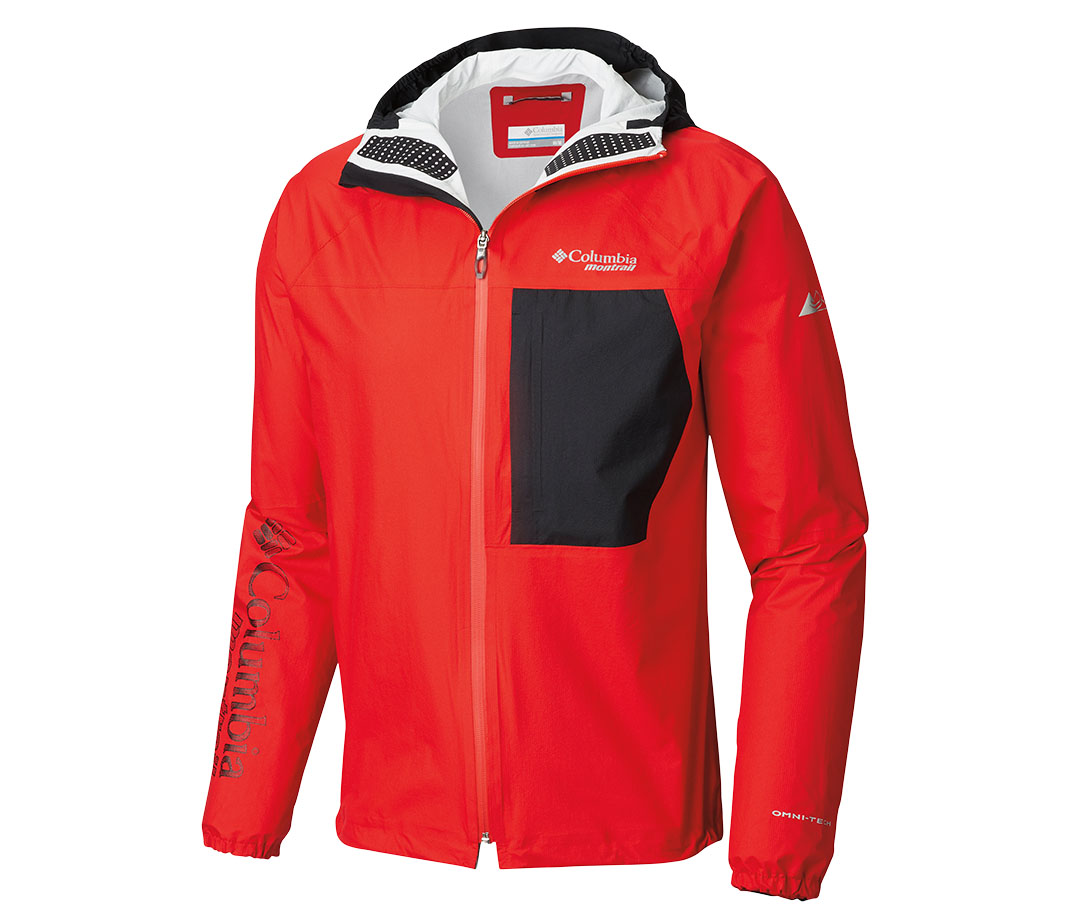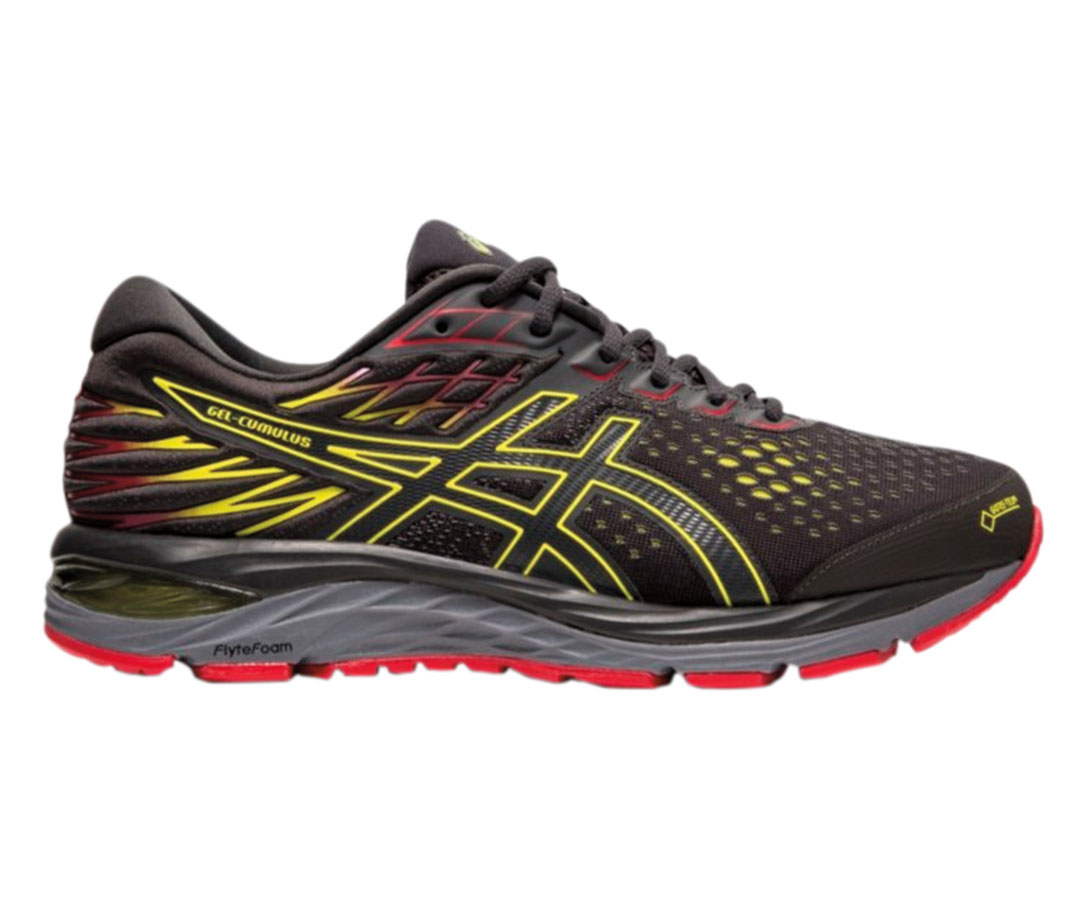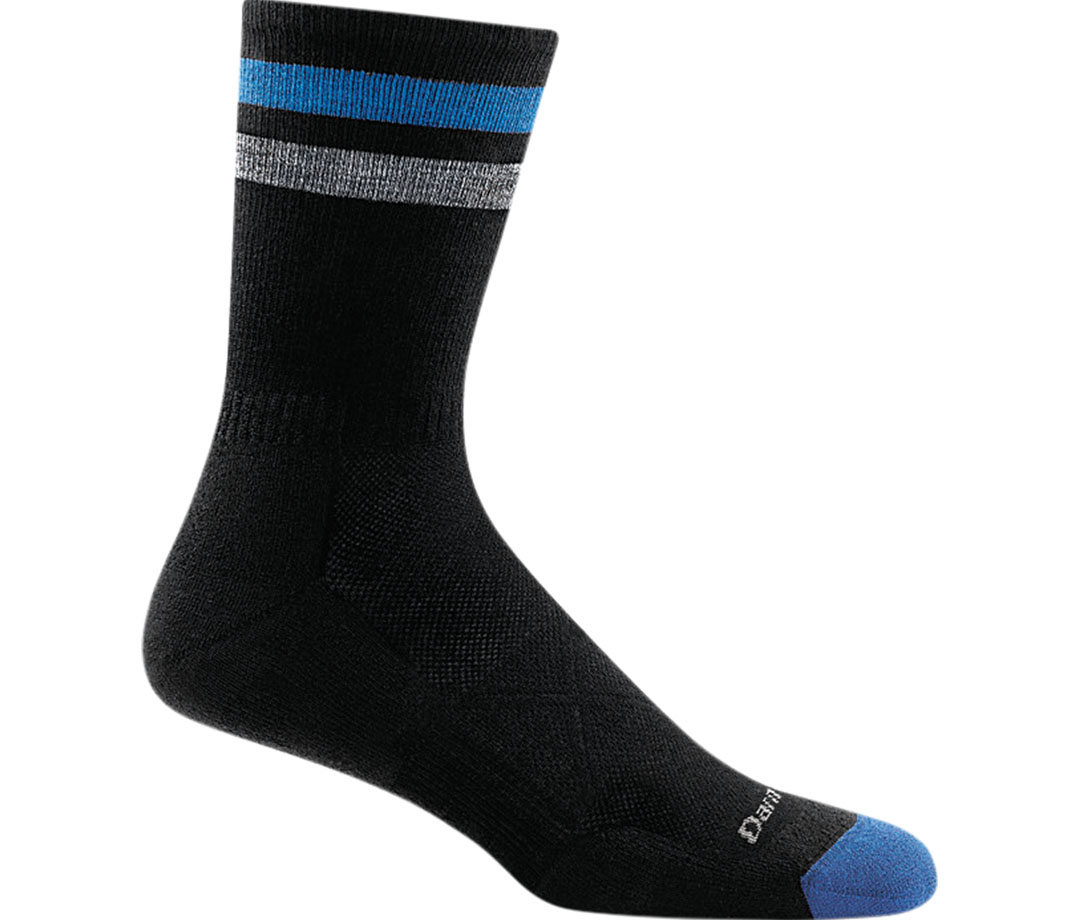In the mountain town of Flagstaff, Arizona, at 7,000 feet in altitude, the sky is always close. Dense clouds hover at what seems to be an arm’s length away, and weather can change from sunny to apocalyptic over the course of a three-mile run. It happens to be a mecca for distance runners, who come from all over the world to allow this wild place to harden them into elite competitors.
During my professional career as a middle-distance runner, I spent winters in Flagstaff preparing for the summer racing season. Those months were, without question, the coldest, muddiest, windiest, most unpredictable miles of my life. I can’t even narrow my memories to a certain kind of misery. I have sprinted in terror from lightning cracking at my heels, spent hours grimacing into wind, and churned through mud at a snail’s pace. There’s a deep fatigue that stems from that kind of effort, a raw-nerve exhaustion. When our pack would arrive back at the team house, we’d file in quietly, piling running shoes on the porch to dry, then drape our limp bodies over chairs and couches inside.
Another U.S. running hub is the Pacific Northwest, where inclement weather is also infamous. Hassan Mead, a 2016 Olympian in the 5,000 meters, hates running in the rain. So when he was recruited by famed coach Mark Rowland to join the Oregon Track Club Elite in Eugene, it gave him pause. “I said to myself, ‘This is my dream!’ ” Mead recalls. “But do I have to be wet for it?”
The answer is yes—and not just because suffering builds character. Exercise science makes a strong case for tough conditions. One of the biggest physiological challenges in distance running is maintaining correct body temperature. You want your muscles to be warm, so they’ll be safe at full expansion and contraction. But when core temperature gets too high, the heart puts more effort more toward cooling you down than fueling the workout.
So how to keep your muscles warm but your core from overheating? Cool rain. A couple of years in the Pacific Northwest made Mead a convert. “If I had it my way, I’d always race in cool rain,” he says. “It’s hard to get out in it, but those end up the best runs of your life.”
Suboptimal conditions challenge your body in different ways. Steve Finley, a retired professional middle-distance runner and coach of the Brooklyn Track Club, says training is all about forcing adaptations, which means taking athletes out of their comfort zones. A stiff wind that changes directions, hail that punctuates a tempo run, or a mud-laced downhill forces you to reconsider your limits.
Poor conditions also improve running mechanics. When rain softens grass, it affects foot contact with the ground. Pliability underfoot requires small supportive muscles in the feet and lower legs to work harder than usual, which helps develop stability and power off the ground. For those who stick to pavement, the slightly slick sidewalk or road activates muscles in the deep core—specifically the transversus abdominis—to tighten posture and make slight balance corrections. And jumping over puddles, side-shuffling around mud patches, and sprinting through heavy downpours turns a normal run into a high-intensity interval workout.
I understand that these payoffs don’t always have swaying power in the internal struggle that occurs when the skies turn ominous and you’re due a few miles. I’m now a coach, and I often see those same nerves and fatigue in my athletes I felt in Flagstaff. I know how they’re feeling in the moment, but more importantly, I know what it will add up to months and years from today. I would not tell them this when they’re shivering in Spandex before a hard effort, but I never feel closer to the highest of athletic highs than on these cold, wet days. This is where the heart of the sport is.
Nevertheless, I remind them they will reap rewards for this work. The wind, rain, mud, and cold all serve to round out their fitness in ways I cannot program into a training calendar. Tough conditions bring out the magic in the athlete. I hear it in their footfalls. Every time they pass me and my stopwatch, they bring a changing energy. Their strides loosen. They stop bracing against the rain. The shift is audible—a lighter patter of footsteps, the breathing of bodies allowing themselves to run fast. Hopefully the day they run for a PR is perfect—low 60s at race start, a faint wind at their back. But if race day is foul, they’ll be ready for it, too.
Before my runners headed out into the slop, I did not tell them to “have fun.” I would have hated hearing that. Wet, cold, about to run myself to exhaustion: I was a warrior and not there to have fun.
Even now, when I’m out in it, I remind myself that I feel more alive when the wind is howling and the road shimmers in the rain. Forget the time goals, forget the splits. The only thing that matters in this weather is effort. Bring the work.
Julia Lucas is a run coach and former professional mid-distance runner
The Best Gear for Cold, Rainy Runs
For the days when an old college tee and sweats won’t do, here’s the gear that’ll keep you moving well.

Columbia Rogue Runner Wind Jacket
Designed for the trail, this packable jacket is seam-sealed, so water won’t be able to enter, and reflective details help keep you visible. It has a packable hood if you’re fighting the wind rather than the rain.
[$199; columbia.com]

Asics Gel-Cumulus 21 G-TX
For runs that are more erratic than usual, wear shoes with stability. These have a beefed up outer sole to keep you stable on trails, while a Gore-Tex upper helps deflect some of the slop.
[$130; asics.com]

Darn Tough Vertex Micro Crew Sock
There’s no way around it—socks will get wet in the rain. So pick a pair that’s thin. That way, there’s less of them to get water-logged. These are stripped-down without forgoing cushioning.
[$20; darntough.com]
The post This Is the No.1 Reason Why You Should Be Running in Cold Rain appeared first on Men's Journal.
Comments are closed.